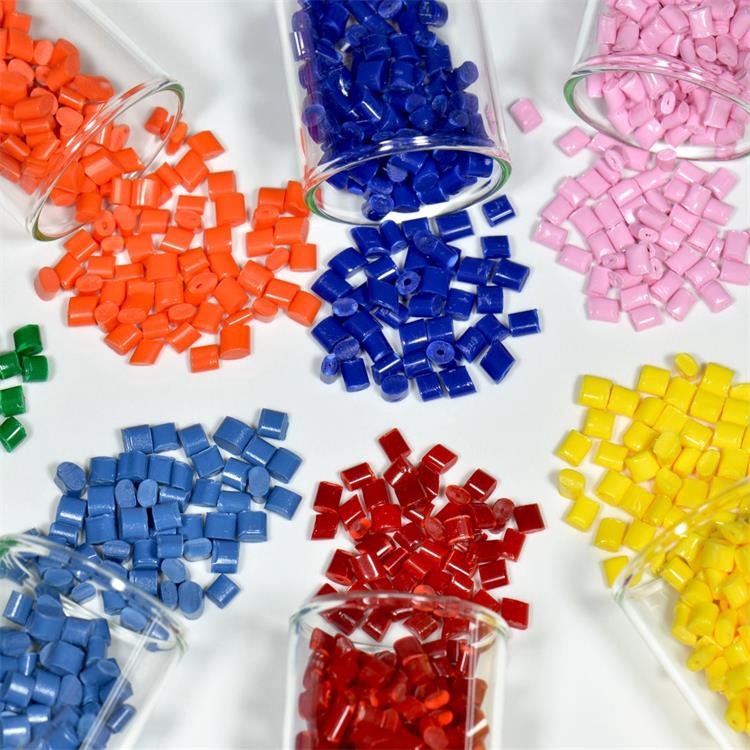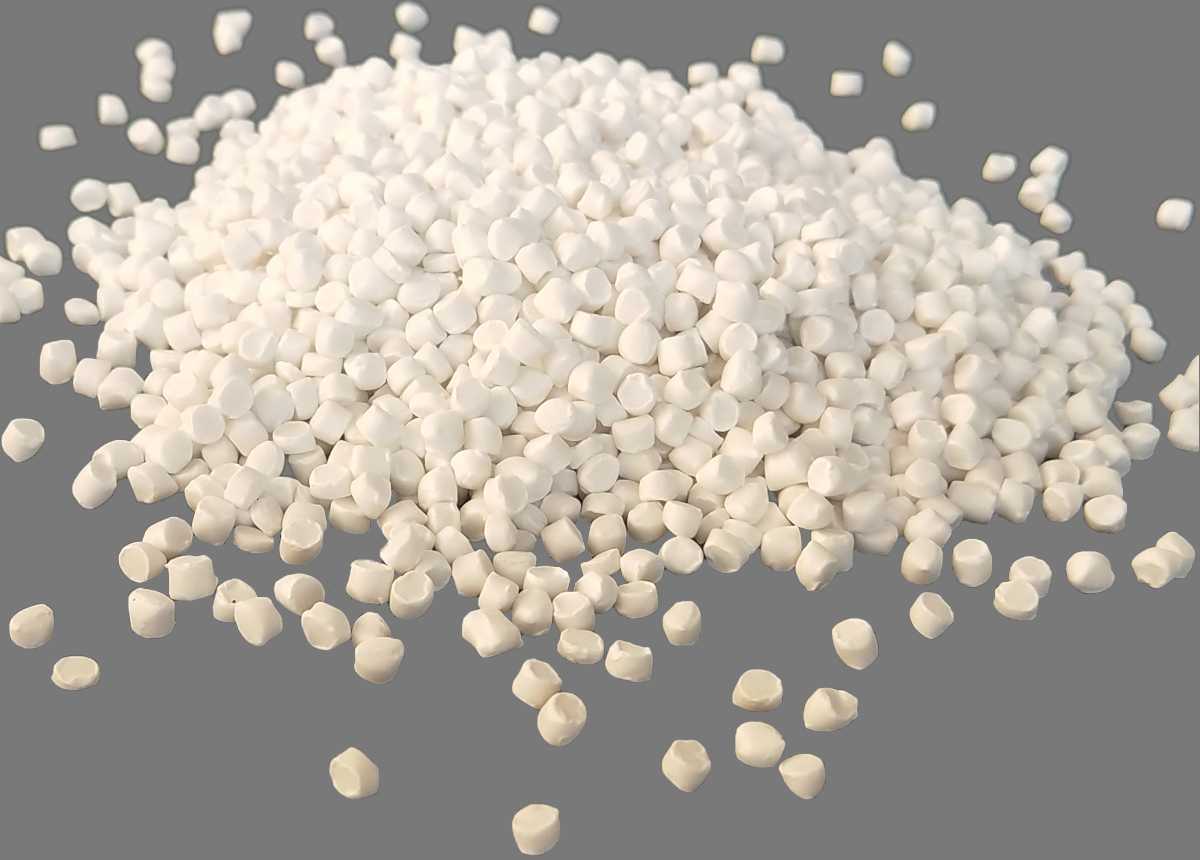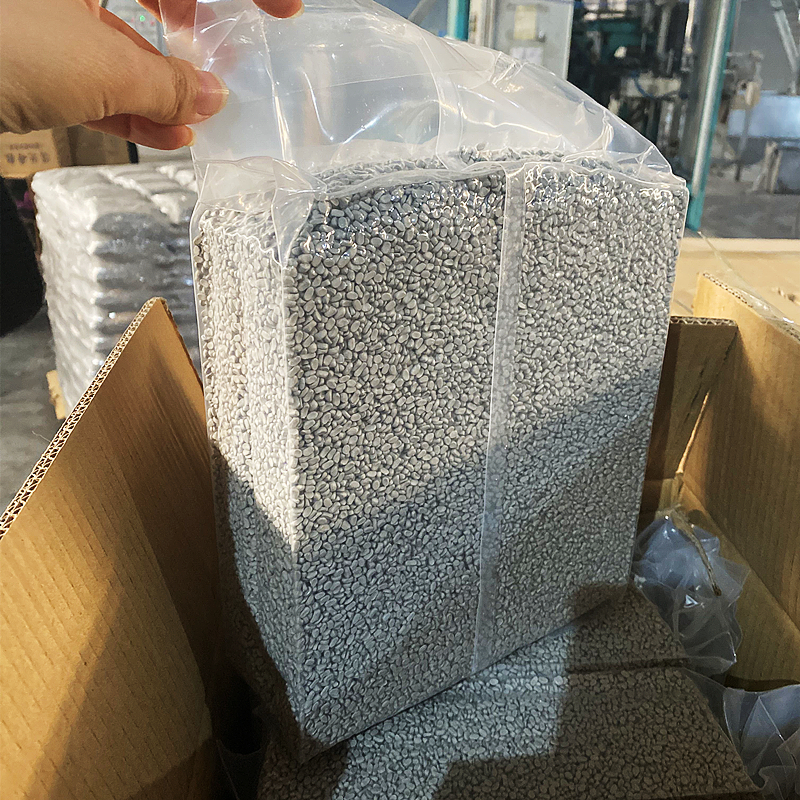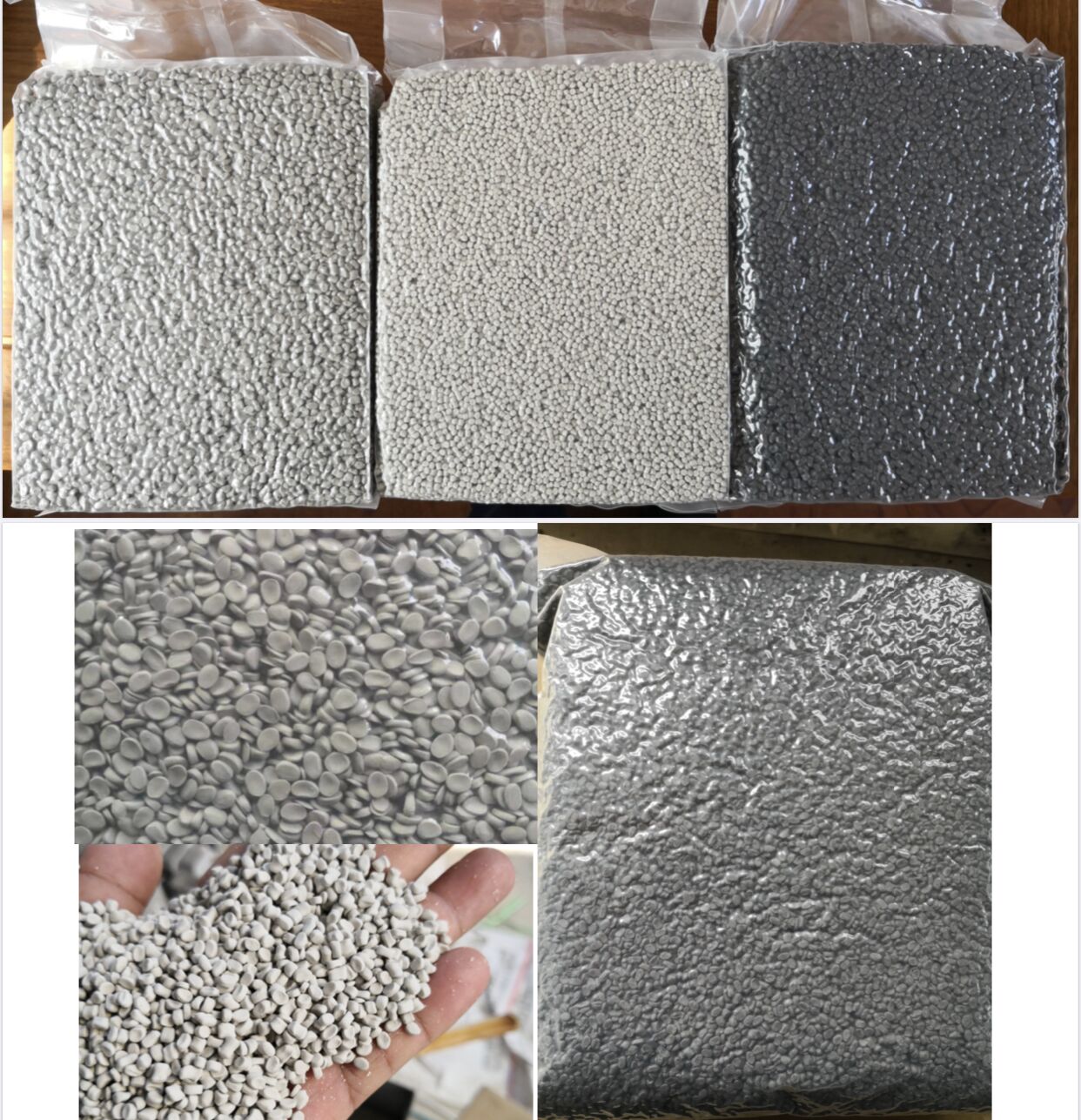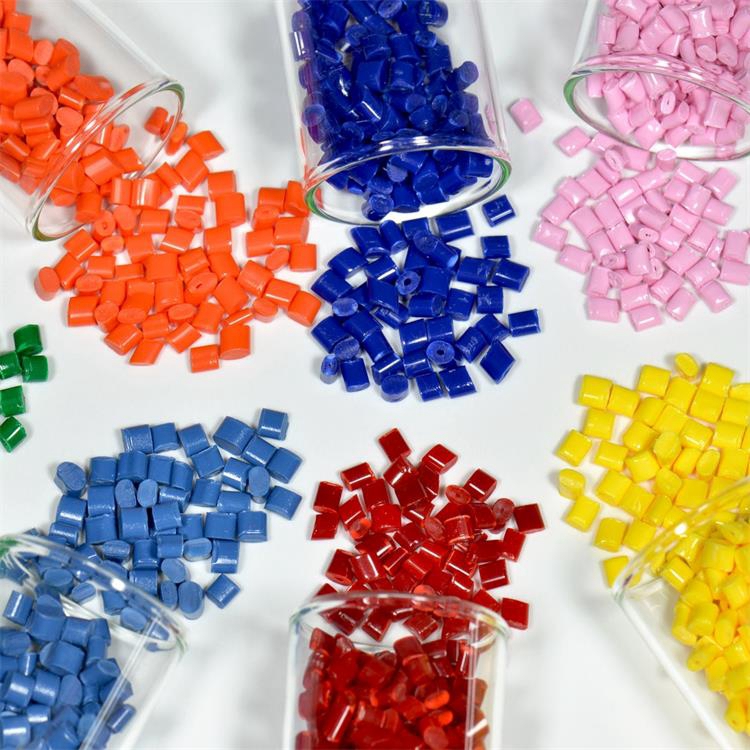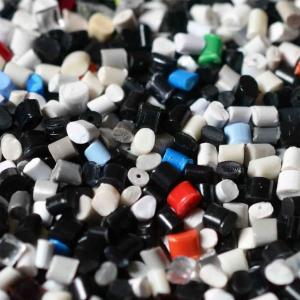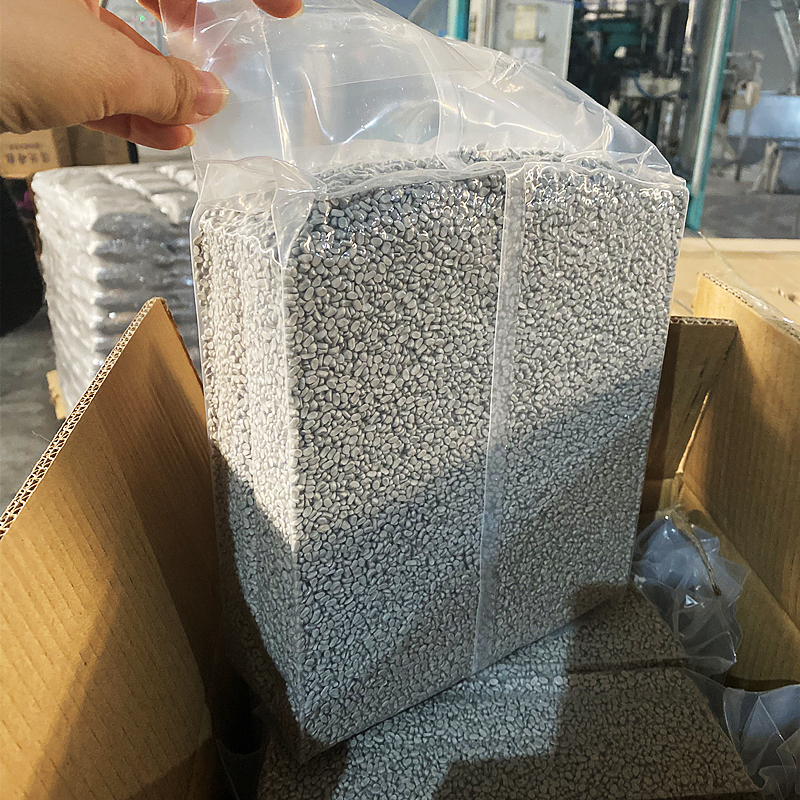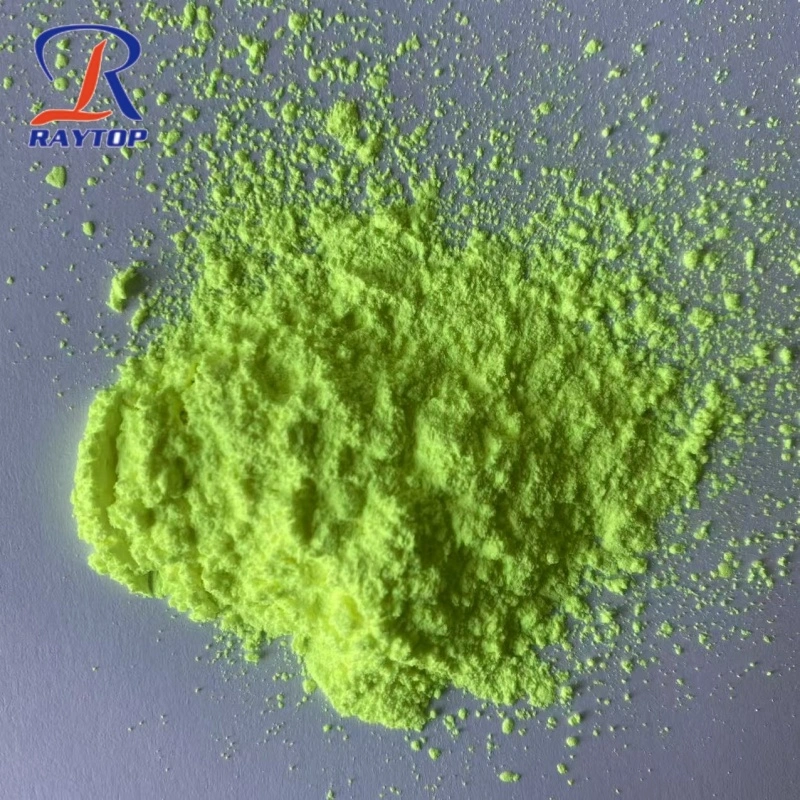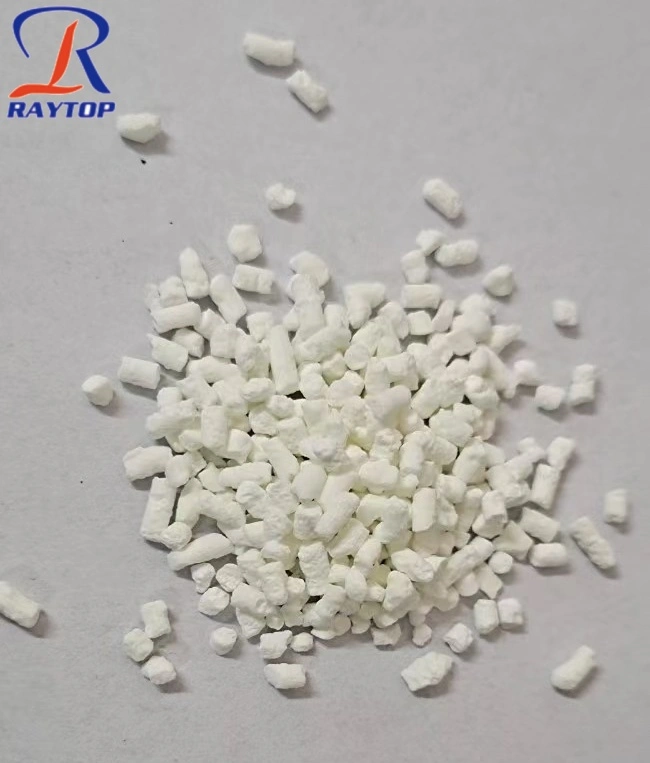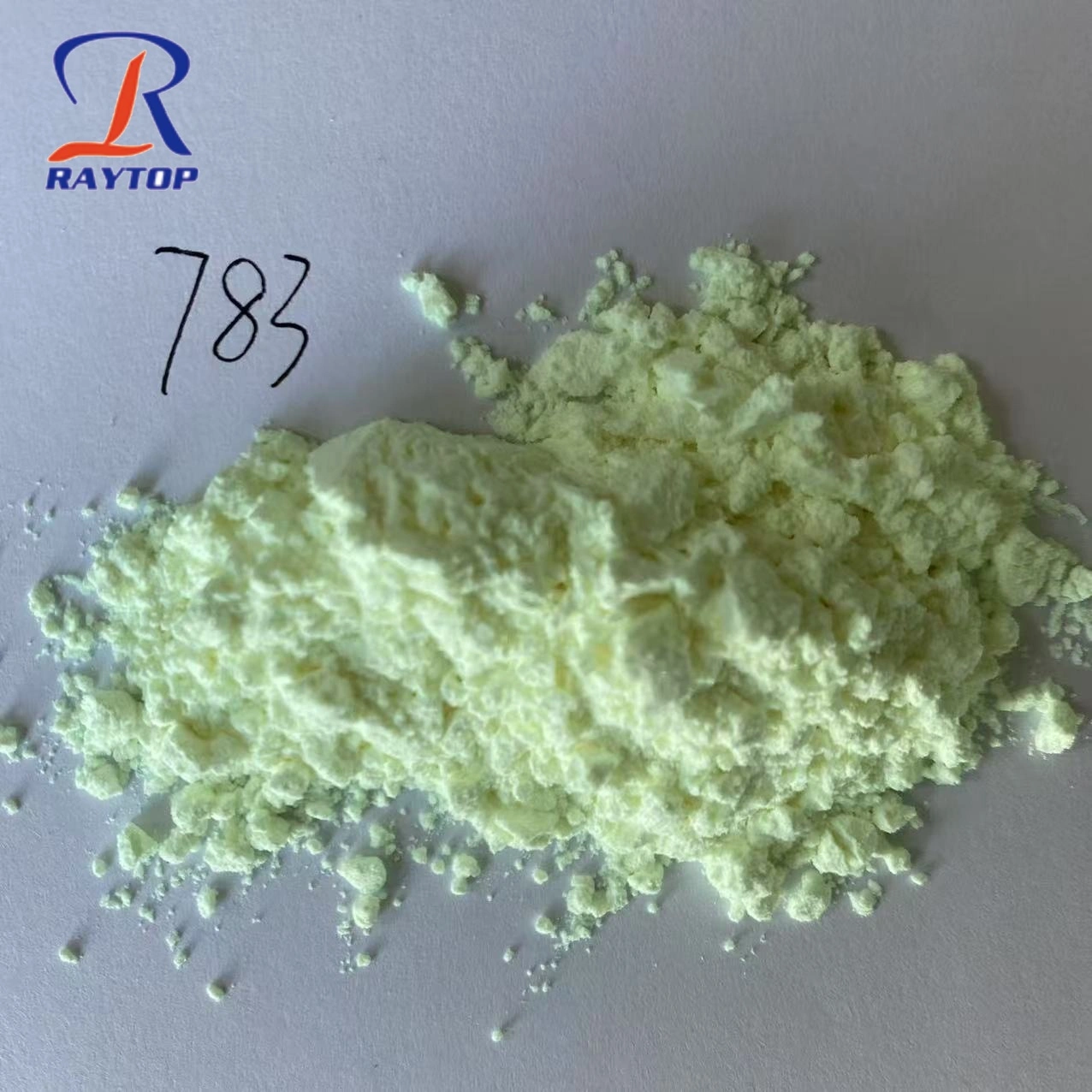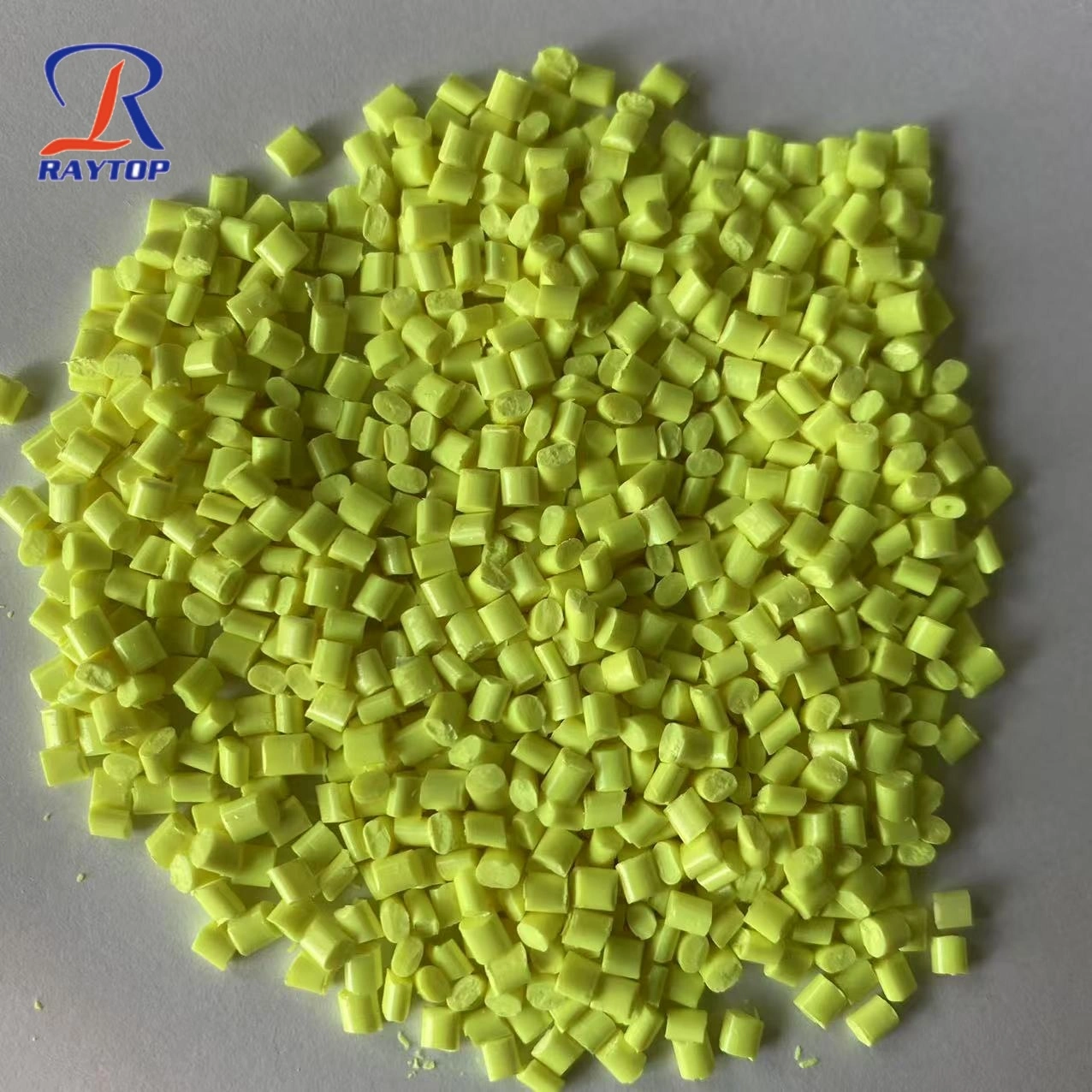1. What is color masterbatch?
Color Masterbatch (Color Masterbatch), also known as color species, is a new type of special colorant for polymer materials, also known as Pigment Preparation.
It is composed of three basic elements: pigments or dyes, carriers, and additives. It is an aggregate obtained by uniformly attaching an ultra-constant amount of pigments or dyes to the resin. It can be called Pigment Concentration, so it The tinting power is higher than the pigment itself.
In short, the color masterbatch is an aggregate made by uniformly loading an ultra-constant amount of pigments or dyes in the resin.
2. What are the basic ingredients of color masterbatch?
The basic components of the color masterbatch are:
2.1. Pigments or dyes
Pigments are divided into organic pigments and inorganic pigments.
Commonly used organic pigments are: phthalocyanine red, phthalocyanine blue, phthalocyanine green, light fast red, macromolecular red, macromolecular yellow, permanent yellow, permanent violet, azo red, etc.
Commonly used inorganic pigments are: cadmium red, cadmium yellow, titanium dioxide, carbon black, iron oxide red, iron oxide yellow and so on.
2.2. Carrier
The carrier is the matrix of the masterbatch. Special color masterbatches generally choose the same resin as the product resin as the carrier, and the compatibility of the two is the best, but at the same time, the fluidity of the carrier should also be considered.
2.3. Dispersant
Promote the uniform dispersion of the pigment and no longer agglomerate, the melting point of the dispersant should be lower than that of the resin, have good compatibility with the resin, and have a good affinity with the pigment. The most commonly used dispersants are: polyethylene low-molecular wax and stearate.
2.4. Additives
Such as flame retardants, brighteners, antioxidants and other varieties, most of the customers now generally have higher requirements. Generally, the above additives are added to the color masterbatch.
3. What kinds and grades of color masterbatches?
The classification methods of color masterbatches are commonly used as follows:
Classified by carrier: such as PE masterbatch, PP masterbatch, ABS masterbatch, PVC masterbatch, EVA masterbatch, etc.;
Classified by purpose: such as injection masterbatch, blow molding masterbatch, spinning masterbatch, etc.
The grades of color masterbatches
1. Advanced injection color masterbatch: used in cosmetic packaging boxes, toys, electrical appliances and other advanced products.
2. Ordinary injection color masterbatch: used for general daily-use plastic products, industrial containers, etc.
3. Advanced blown film masterbatch: used for blow molding coloring of ultra-thin products.
4. Ordinary blown film masterbatch: used for blow molding and coloring of general packaging bags and woven bags.
5. Spinning masterbatch: used for spinning and coloring of textile fibers. The masterbatch has fine pigment particles, high concentration, strong coloring power, good heat resistance and light resistance.
6. Low-grade color masterbatch: used to manufacture low-grade products that do not require high color quality, such as trash cans, low-grade containers, etc.
7. Special masterbatch:
It is a color masterbatch made by selecting the same plastic as the carrier according to the plastic species designated by the user for the product. For example, PP masterbatch and ABS masterbatch use PP and ABS as the carrier respectively.
8. Universal color masterbatch: some resin (usually low melting point PE) is also used as the carrier, but it can be applied to the coloring of other resins except the carrier resin.
Universal color masterbatch is relatively simple and convenient, but has many disadvantages. The heat-resistant grade of the special masterbatch is generally compatible with the plastic used for the product, and it can be used with confidence under normal temperature.
9. Compared with granulation coloring, masterbatch coloring has the following advantages:
9.1 Coloring and product processing are completed at one time, avoiding the heating process of pelletizing and coloring on plastics, which is beneficial to protecting the quality of plastic products.
9.2 Minimize the production process of plastic products.
9.3 It can save a lot of power.
4. Why use color masterbatch?
The use of color masterbatch has the following advantages:
1. Make the pigment have better dispersibility in the product
The color masterbatch is an aggregate made by uniformly loading an ultra-constant amount of pigment in the resin.
In the production process of color masterbatch, the pigment must be refined to improve the dispersibility and tinting strength of the pigment. The carrier of the special color masterbatch is the same as the plastic of the product, and it has good matching. After heating and melting, the pigment particles can be well dispersed in the product plastic.
2. Conducive to maintaining the chemical stability of the pigment
If the pigment is used directly, the pigment will absorb water and oxidize due to direct contact with the air during storage and use. After the color masterbatch is made, the resin carrier separates the pigment from the air and moisture, which can make the quality of the pigment long-term change.
3. Ensure the stability of the product color
The masterbatch particles are similar to the resin particles, which are more convenient and accurate in metering. They will not stick to the container during mixing, and the mixing with the resin is more uniform. Therefore, the stability of the added amount can be ensured, thereby ensuring the stability of the product color.
4. Protect the health of operators
The pigment is generally in powder form, which is easy to fly when added and mixed, and it will affect the health of the operator after being inhaled by the human body.
5. Keep the environment clean and not stain the utensils
6. The process is simple, the color is easy to change, saving time and raw materials
Because the pigment is in direct contact with the air during storage and use, it will absorb moisture, oxidize, agglomerate, etc., direct use will cause color spots on the surface of the plastic product, the hue is dark, the color is easy to fade, and cause it when mixing The dust is flying, which affects the health of the operators.
The color masterbatch undergoes mechanical processing during the production process to refine the pigments. The pigments are fully mixed with resin carriers and dispersants to isolate the pigments from air and moisture, thereby enhancing the weather resistance of the pigments and improving the The dispersibility and tinting strength of the pigment, the hue is bright. Since the color masterbatch is similar to the resin particle shape, it is more convenient and accurate in metering, and will not stick to the container during mixing, thus saving the time of cleaning the container and the machine and the raw materials used for the cleaning machine.
